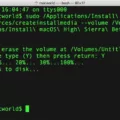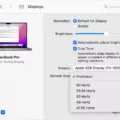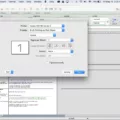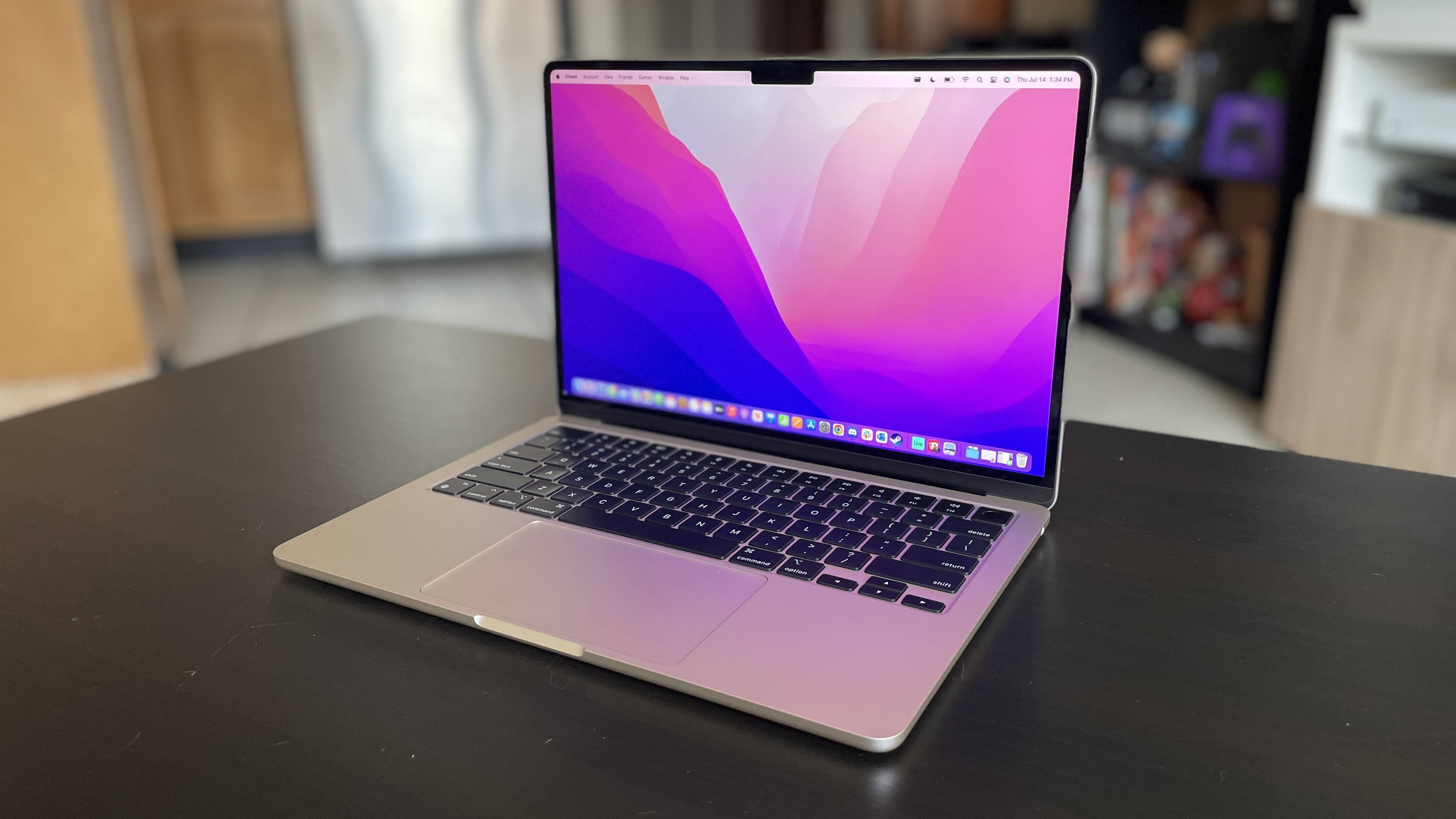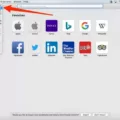If you are a Mac user, you have probably heard of the Terminal app. The Terminal is an incredibly powerful tool that allows you to control your Mac from the command line. It gives you access to many of the advanced features and functions that are not accessible through the graphical user interface (GUI). This makes it an essential tool for anyone who wants to take full advantage of their Mac’s capabilities.
In this blog post, we will discuss how to open Terminal on Mac and provide some useful tips and tricks for usig the Terminal app.
Opening Terminal on Mac is easy. All you need to do is open Finder and select Applications from the left sidebar menu. Then, scroll down until you find Utilities and select it. In Utilities, look for “Terminal” and double-click on it to launch the app. Now, you’re ready to start usig Terminal!
Once in the Terminal app, you can use the command line interface (CLI) to execute a variety of tasks including creating files, editing text files, managing files and directories, installing software packages, managing network connections, monitoring system performance and more. To get started with simple commands such as listing directory contents or changing directory paths, type “help” in the command line followed by a space then type in whatever command you want help with.
You can also use special characters such as “|”, “<“, “>”, “;”, etc., which allow you to redirect input or pipe output from one command into anothr one without having to type out both commands separately. For example, if you wanted to list all files in a current directory whose names start with “a” then type “ls | grep ^a” into the command line (without quotes).
The terminal allows users to access hidden features or functions that are not available through other applications or via GUI menus or settings; these are called hidden Unix commands or flags. For example, if you want to delete all files inside a folder without deleting its contents (such as folders within it), use the rm -rf flag followed by a space then specify your directory path like this: rm -rf /MyDirectory/. This will delete everything inside that directory but leave its parent folder intact.
Finally, if at any time you want more information about any particular command or flag used in terminal then type man [command] into your terminal window followed by a space then enter your desired command afterwards; man stands for manual so this will display detailed information about whatever command it is used with (if available).
Overall, learning how to use Terminal can be intimidating at first but once mastered can be incredibly helpful when trying out new tasks on your Mac computer as well as when troubleshooting existing ones. We hope this tutorial has been useful in explaining how to open Terminal on Mac as well as some basic tips and tricks for getting started with using it!
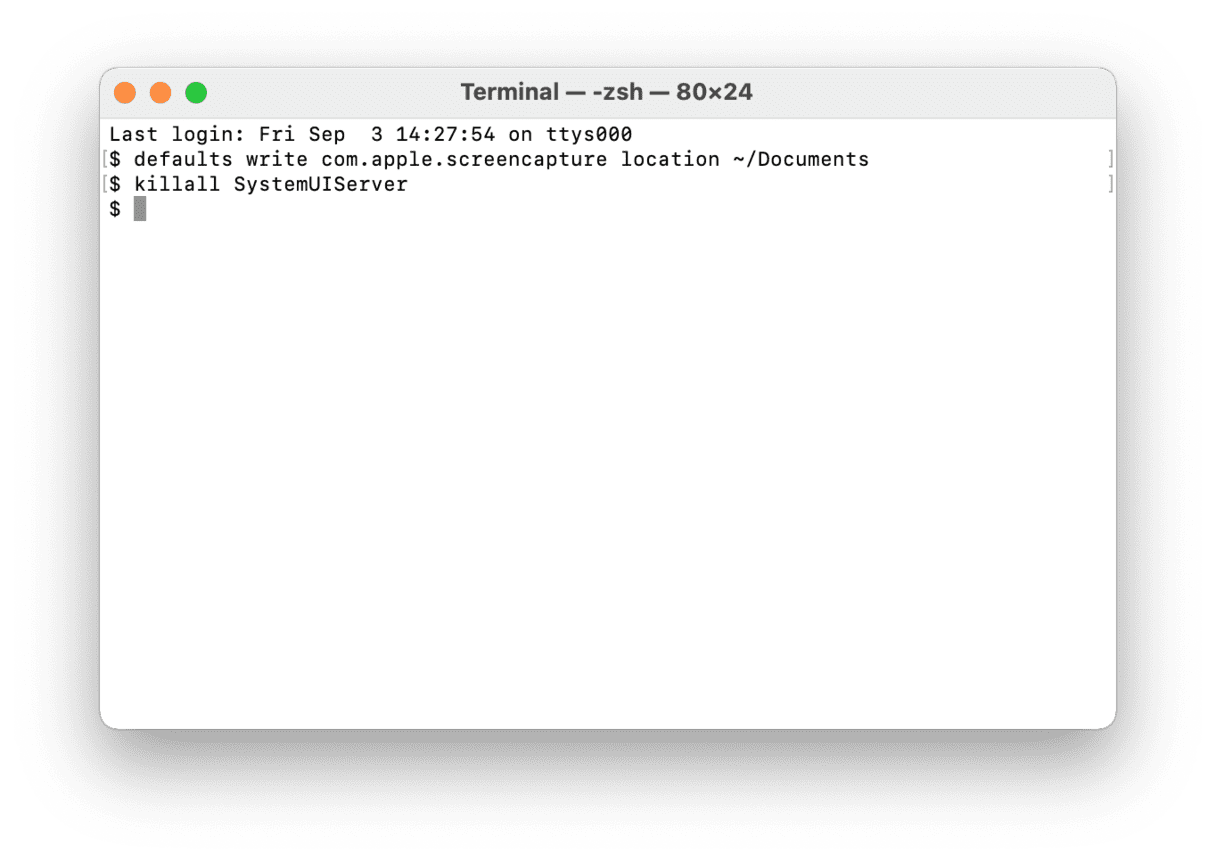
Opening the Terminal
Opening your Terminal will depend on the type of system you are using. If you are usng a Mac, you can open the Terminal by pressing Command + Space to open Spotlight Search, typing in “Terminal” and then pressing Enter.
On Windows 10, you can open the Command Prompt by clicking Start and searching for “Command Prompt.” Alternatively, you can also access the command prompt by pressing Ctrl + r on your keyboard, typing “cmd” and then clicking OK.
For Linux systems, it will depend on the type of distribution you have installed. However, typically you can access the terminal through the Applications menu or by usig a combination of keys like ctrl+alt+T.
Using Terminal Command on a Mac
Using Terminal command on a Mac is a great way to access the underlying Unix system of your computer. You can use it to run varous tasks, such as viewing and editing files, running scripts, and accessing network resources.
To open the Terminal app on your Mac, go to Finder > Applications > Utilities > Terminal. Once you have Terminal open, you can enter commands eithr by typing them in or by pressing the Up Arrow key to scroll through previously entered commands. Once you’ve found the command you want, press Return to execute it.
You can also use command autocompletion for faster input. To autocomplete a command just start typing and then press Tab. This will automatically fill in as much of the command as possible based on what you have aleady typed so far.
Finally, if you need help with any of the available commands just type ‘man’ followd by the name of the command (e.g., ‘man ls’) and press Return. This will open up a manual page with information about that specific command which can help you understand how to use it better.
Shortcut for Terminal in Mac
The shortcut for Terminal in Mac is Command + Space Bar (or F4). This will open the Terminal application, which alows you to access the command line on your Mac. You can use this to run shell scripts, install applications, and perform other tasks.
Understanding the Terminal Window on Mac
The Terminal window on Mac is a command line interface (CLI) for the macOS operating system (OS). It provides users with access to the UNIX-based core of their system, allowing them to make custom canges and run powerful commands not available through the graphical user interface (GUI). With the Terminal window, users can view directories, create new files and folders, copy files from one place to another, modify permissions and ownership of files, install and update software packages, create scripts to automate common tasks, download packages from the internet, and much more. The Terminal window also provides access to a wide range of online resources such as man pages (manuals) that provide detailed information about commands.
Using Terminal
Using Terminal on Linux is a great way to get more out of your operating system. To use Terminal, you can open it by pressing [Ctrl+Alt+T] or by searching for “Terminal” in the Dash search bar. Once you have opened Terminal, you will be presented with a black window and a command prompt.
At this point, you can type in commands to execute various tasks on your system. For example, you can use the “ls” command, which stands for list all files in the current directory, to view the files and folders that are in the directory that you are curently in. You can also use commands such as “cd” (change directory) to navigate between directories and files.
You can also use Terminal to run scripts, which are small programs that automate certin tasks on your system. To do this, type in the name of the script along with any arguments that may be necessary for it to run correctly. You can find out more about how to write and run scripts using Terminal by reading online tutorials or consulting other users who may be familiar with scripting on Linux systems.
Finally, if you ever get stuck while using Terminal or need help understanding how something works, there are plenty of resources available online that provide detailed instructions and helpful tips for navigating through your system using Terminal commands.
Running Commands in Terminal
To run a command in Terminal, simply type the command into the prompt and press enter. For example, if you wanted to list the files and folders in your current directory, you would type “ls” and press enter. This will display a list of all items withn the current directory.
Conclusion
Overall, Mac is a powerful operating system that offers many benefits to users such as ease of use and advanced security features. With its intuitive user interface, Mac is ideal for tose who want to get up and running quickly without having to learn a lot of technical information. The wide range of applications available on the App Store makes it easy to find the right tool for any task. Mac also provides a reliable platform for users to store their data with its built-in encryption and backup features. With its great design and performance, Mac is an excellent choice for users who want an efficient operating system that offers both convenience and security.

